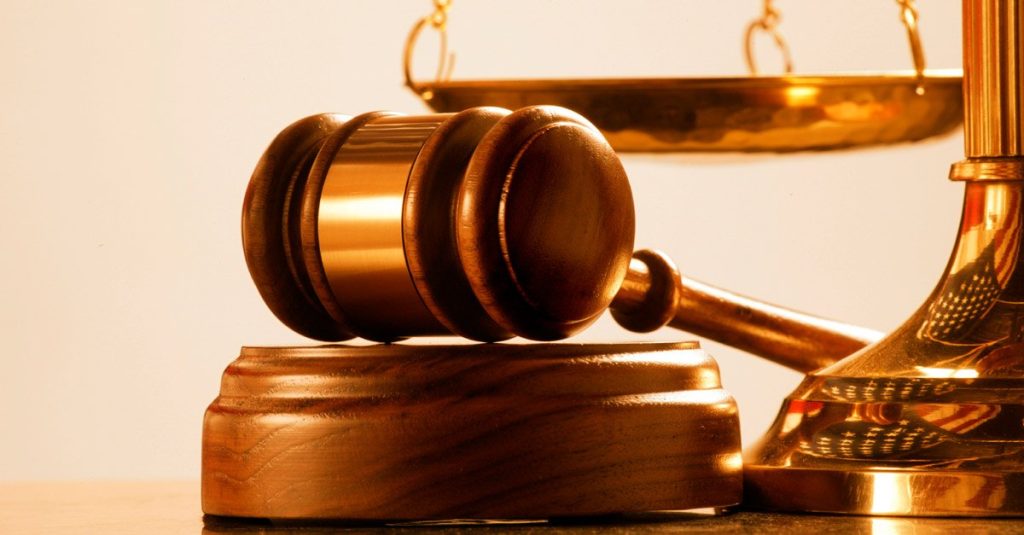Phases of a bankruptcy

Before analyzing the phases that are part of the bankruptcy , it should be remembered that the bankruptcy is a judicial proceeding that will proceed in the event of state of insolvency of the company or individual, that is, when they cannot regularly meet their enforceable obligations. Each of the different phases of the bankruptcy is processed with the aim of trying to guarantee the collection expectations of creditors, to the greatest extent possible.
The Royal Legislative Decree 1/2020, of May 5, which approves the consolidated text of the Bankruptcy Law, is the regulation in charge of structuring the bankruptcy procedure, which consists of the following phases:
Bankruptcy: Common phase
The common phase begins with the request for declaration of bankruptcy, which may be made by the debtor (voluntary bankruptcy) or by one of the creditors or other legitimated persons ( necessary contest). Once the application has been made, the competent court will examine it and if it deems that it is complete and that the debtor’s insolvency is proven, it will issue an order declaring the bankruptcy.
After issuing the order declaring the bankruptcy, the judge will appoint the bankruptcy administration, which, after analyzing all the data and circumstances of the debtor, will issue a report.
Within the common phase, the active and passive mass of the bankruptcy will be determined, in addition to qualifying the credits of the different creditors.
The determination of the active mass tries to find out the assets of the debtor, as well as those that are not his and those that must be reintegrated into his patrimony for having left it improperly during the two years prior to the declaration of the bankruptcy.
On the other hand, the bankruptcy administrator will determine the passive mass of the bankruptcy, that is, the credits that exist against the debtor. He will qualify them in credits with special, general, ordinary and subordinate privilege.
It may interest you: “What is a pre-bankruptcy ”
Bankruptcy: Agreement phase
Once the common phase is over, both the debtor and the creditors may submit agreement proposals to the court. These must contain withdrawal and/or waiting propositions, and may also contain alternative or additional propositions for all or any of the creditors.
After the agreement proposals have been submitted, the creditors’ meeting will be called to proceed to vote on the proposal that they consider most favorable to their interests. The result of the meeting of creditors included in the minutes will be raised to the judge, so that he can proceed, where appropriate, by means of a sentence to approve the agreement.
A successful agreement may mean the economic recovery of the company or individual, so it is very important to try to reach a favorable agreement for both the bankrupt debtor as for his creditors.
Bankruptcy: Liquidation phase
The agreement phase is not always successful, either because the bankrupt has not been able to negotiate with his creditors or because there are not enough assets to be able to satisfy the debts. In that case, the liquidation phase would be opened.
The bankruptcy regulation establishes that the liquidation phase may be started at any time during the bankruptcy at the request of the debtor, it may also be opened at the request of the bankruptcy administration or ex officio.
In this phase, all the assets of the bankrupt will be liquidated, in order to pay the maximum possible debt, always taking into account the legally established order. In addition, during this phase, the bankrupt debtor will lose his powers of administration and disposition over the active mass, which will pass to the bankruptcy administrator.
It may interest you:”What is a contest express?”
Bankruptcy: Qualification phase
Finally, in the same resolution that approves the agreement or the liquidation plan or orders the liquidation of the active mass, the judge will order the formation of the sixth section.
In this phase, the causes that have led the bankrupt to its insolvency situation are determined, in order to detect possible negligent behavior on the part of the debtor that have led to aggravate said condition.
The bankruptcy judge, after reviewing the bankruptcy administration’s report and the opinion of the Public Prosecutor’s Office, will issue a sentence in which the bankruptcy is classified as fortuitous or as culpable. He will proceed with the declaration of guilt when the bankrupt has participated in the generation of his insolvency or in the aggravation of it, concurring intent or gross negligence on his part. The classification of the bankruptcy as guilty may entail the imposition of disqualifications and other types of sanctions for the debtor.
From JL.Casajuana Abogados, such as lawyers specializing in commercial and bankruptcy law, we can advise you on any matter relating to bankruptcy.



















